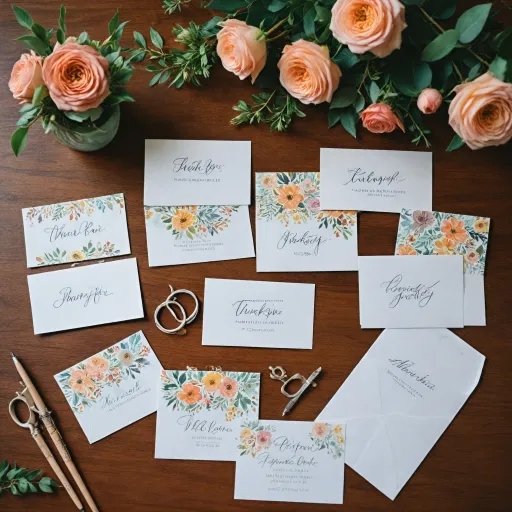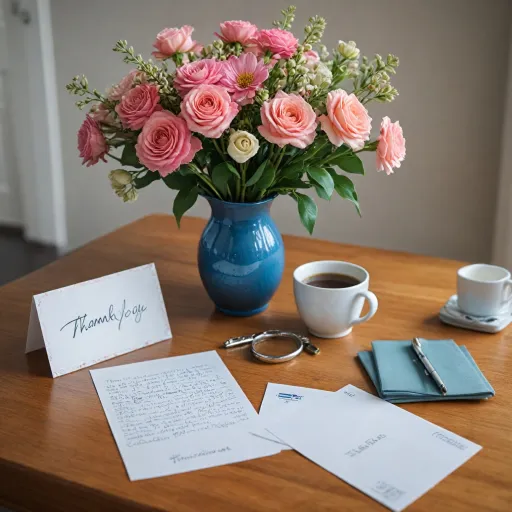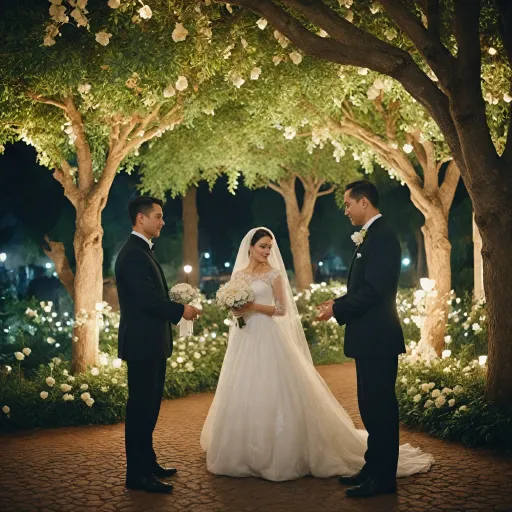
Understanding the importance of appreciation to client
Why Appreciation Matters in Building Client Relationships
In today’s competitive business landscape, showing genuine appreciation to clients is more than just a nice gesture—it’s a vital strategy for long-term success. When customers feel valued, they are more likely to remain loyal, recommend your service, and contribute to a positive brand reputation. Expressing gratitude through thoughtful notes or messages can transform a simple transaction into a meaningful connection, fostering customer loyalty and retention.
Customer appreciation is not limited to grand gestures or annual appreciation day events. Small, consistent actions—like sending handwritten notes or personalized messages—can make clients feel recognized and respected. These moments of recognition help create an emotional connection, which is essential for building trust and encouraging repeat business. Studies have shown that customers who feel appreciated are more likely to engage with loyalty programs and share positive experiences with others, further strengthening your brand’s presence in the market.
- Sending handwritten notes adds a personal touch that digital messages often lack.
- Customer appreciation strategies can be integrated into your overall customer service approach.
- Making clients feel valued supports customer retention and enhances the overall customer experience.
It’s important to remember that appreciation should be authentic and tailored to each client’s unique experience. Whether you’re acknowledging a year of partnership, expressing gratitude for support, or simply sending a note to say thank you, the key is to make your customers feel genuinely appreciated. This approach not only benefits your clients but also strengthens your business for the long term.
For more insights on expressing gratitude and building strong relationships, you may find value in reading about expressing heartfelt gratitude to sponsors, which highlights the impact of sincere appreciation in professional connections.
Key elements of a heartfelt wishes message
What Makes a Wishes Message Truly Heartfelt?
A thoughtful wishes message to a client goes beyond generic phrases. It’s about making customers feel valued and recognized for their loyalty and support. Businesses that master this art often see stronger customer retention and a more positive brand image. Here are some essential elements to consider:- Personalization: Address the client by name and reference specific experiences or milestones. This personal touch shows genuine appreciation and helps build an emotional connection.
- Sincerity: Authenticity is key. Avoid overly formal or scripted language. Let your gratitude come through naturally, reflecting the real impact the client has had on your business.
- Specificity: Mention what you appreciate about the client’s support. Whether it’s their loyalty over the year, feedback on your service, or their participation in loyalty programs, being specific makes your message more meaningful.
- Timeliness: Sending appreciation notes at the right moment—after a successful project, during customer appreciation day, or at the end of the year—shows attentiveness and care.
- Handwritten Notes: Whenever possible, opt for a handwritten note. This simple gesture can elevate the customer experience and make clients feel truly special. Handwritten notes stand out in a digital world and are often remembered long term.
Why These Elements Matter
When you send a message that feels personal and sincere, you’re not just expressing gratitude—you’re investing in your appreciation strategy. This approach can turn a simple note into a powerful tool for customer loyalty and long-term business relationships. For more inspiration on crafting genuine thank you messages, check out this guide on expressing gratitude with 100 thank yous. Remember, a well-crafted wishes message is more than a courtesy. It’s a strategic move that can enhance your customer service, strengthen your brand, and help your customers feel valued every step of the way.Real example of an appreciation wishes message to a client
Sample appreciation note that resonates
When expressing gratitude to a client, the message should reflect genuine appreciation and reinforce the value of your business relationship. A well-crafted note can make customers feel valued and strengthen long-term loyalty. Here’s a real example of an appreciation wishes message that incorporates the key elements discussed earlier:
Dear Valued Client,
We want to take a moment to express our sincere appreciation for your continued trust and support throughout the year. Your loyalty means a great deal to us, and it is customers like you who inspire us to deliver exceptional customer service every day. Thank you for choosing our brand and allowing us to be a part of your journey. We look forward to serving you and supporting your goals in the future.
With gratitude,
The [Your Business] Team
This message highlights appreciation, acknowledges the client’s loyalty, and reinforces the emotional connection between the business and the customer. It also uses a personal touch, which is essential for making clients feel recognized and valued. Sending handwritten notes or personalized messages can further enhance the customer experience and support your overall appreciation strategy.
- Personalization: Addressing the client directly and referencing their loyalty helps build a stronger bond.
- Gratitude: Clearly expressing thanks makes customers feel appreciated and encourages customer retention.
- Future focus: Mentioning ongoing support and partnership signals a commitment to long-term service.
For those looking to add a meaningful closing to their appreciation notes, consider exploring meaningful ways to end your letters for inspiration. This can help your messages leave a lasting impression and further elevate the customer experience.
Remember, the goal is to make your clients feel genuinely valued. Whether you send notes by email or opt for a handwritten note, the authenticity of your message is what truly matters in building customer loyalty and enhancing your brand’s reputation.
Common mistakes to avoid in client wishes messages
Missteps That Can Undermine Your Appreciation Messages
When sending appreciation messages to clients, even small mistakes can impact how your message is received. These errors can make customers feel less valued, which can hurt your business’s customer retention and loyalty strategy. Here are some common pitfalls to watch out for:- Lack of Personalization: Sending generic messages or using templates without adapting them to the client’s experience can make your note feel impersonal. Clients want to feel recognized as individuals, not just as another customer.
- Overly Formal or Robotic Language: While professionalism is important, messages that sound stiff or automated can create distance. A personal touch, such as a handwritten note or specific mention of the client’s support, helps build an emotional connection.
- Ignoring Timing: Sending appreciation notes only during major holidays or customer appreciation day can seem routine. Consider sending notes throughout the year, especially after a significant purchase or a long-term partnership milestone, to show ongoing gratitude.
- Forgetting to Mention Specifics: Vague messages like “Thank you for your business” lack impact. Referencing a particular service, product, or moment in your relationship shows genuine appreciation and attention to detail.
- Neglecting to Proofread: Spelling errors, incorrect client names, or sloppy handwriting in handwritten notes can make clients feel undervalued. Double-check every note before sending to maintain your brand’s credibility and professionalism.
- Missing the Follow-Up: Appreciation should be part of a long-term customer experience strategy, not a one-time gesture. Failing to follow up with clients after sending a note can weaken the emotional connection and reduce customer loyalty.
Adapting your wishes message for different client situations
Tailoring Your Message to the Client’s Unique Situation
Every client is different, and so are the moments when you want to express appreciation. Adapting your wishes message to fit the specific context shows genuine care and strengthens your business relationship. Whether you’re celebrating a milestone, acknowledging a long-term partnership, or simply recognizing outstanding support, the tone and content of your note should reflect the occasion.
- Milestone achievements – If a client has reached a significant year with your business or achieved a major goal, mention it directly. Highlighting their loyalty or success makes your appreciation feel personal and relevant.
- Seasonal greetings – During holidays or appreciation days, sending thoughtful messages can reinforce your brand’s commitment to customer experience. A handwritten note or a well-crafted email can help customers feel valued during these special times.
- After a major project or service – When a client completes a big project or receives exceptional customer service, acknowledge their trust and partnership. Expressing gratitude for their support and feedback can encourage long-term loyalty.
- Customer retention efforts – If you notice a client hasn’t engaged recently, a personalized note can rekindle the connection. Let them know you appreciate their past business and are eager to support their future needs.
Choosing the Right Format and Tone
How you send your appreciation matters. Handwritten notes add a personal touch and can make clients feel truly special. For larger customer groups, a well-designed email or digital message can still convey sincerity if it’s tailored and specific. Always use a warm, authentic tone that matches your brand and the client’s preferences.
Practical Tips for Personalization
- Reference specific details about your relationship or recent interactions.
- Use the client’s name and mention their business or project if appropriate.
- Keep the message concise but meaningful, focusing on genuine appreciation.
- Consider including a small gesture, such as a loyalty program mention or a discount, to enhance the emotional connection.
By adapting your appreciation strategy to each client’s situation, you help clients feel recognized and valued. This approach not only improves customer loyalty but also supports long-term customer retention and strengthens your brand’s reputation for exceptional customer service.
Tips for maintaining authenticity in your communication
Staying Genuine in Every Customer Interaction
Maintaining authenticity in your appreciation messages is crucial for building long term customer loyalty. Clients can easily sense when a note feels generic or forced. To help your business stand out and make customers feel truly valued, focus on a personal touch in every message you send.- Be specific: Mention details about the client’s experience or support. Referencing a recent project, service, or year of partnership shows you genuinely appreciate their loyalty.
- Use handwritten notes when possible: A handwritten note creates a stronger emotional connection than a digital message. It demonstrates effort and care, making clients feel special and increasing customer retention.
- Express gratitude sincerely: Avoid overused phrases. Instead, share how their business or feedback has impacted your brand or service. This makes your appreciation strategy more meaningful.
- Adapt your tone: Match the tone of your note to the client’s personality and the nature of your relationship. For example, a formal note may suit a new client, while a more relaxed message could work for a long term customer.
- Keep it concise but heartfelt: Lengthy messages can dilute the impact. A short, thoughtful note can be more effective in making clients feel valued.













